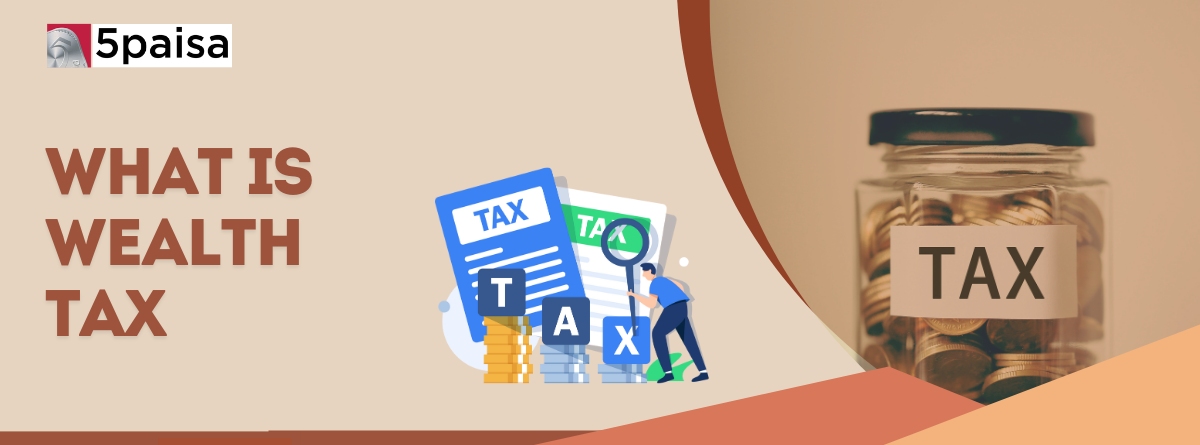Content
- Understanding Wealth Tax
- Historical Background of Wealth Tax in India
- Assets Covered Under Wealth Tax
- Abolition of Wealth Tax
- Introduction of Surcharge in Place of Wealth Tax
- Impact of Wealth Tax Abolition
- Comparison: Wealth Tax vs Income Tax
- Future of Wealth Tax in India
- Conclusion
Wealth tax, also known as net worth tax or equity tax, was a form of direct tax levied on individuals, Hindu Undivided Families (HUFs), and companies based on their net wealth. It was introduced to reduce wealth inequality by imposing a tax on high-net-worth individuals and businesses. However, wealth tax in India was abolished in 2015 and replaced with an additional surcharge on super-rich individuals. Despite its abolition, understanding wealth tax remains relevant, as it highlights how taxation policies evolve and impact financial planning.
This article provides an in-depth analysis of wealth tax, its historical significance, its abolition, and how the additional surcharge functions in its place.
More Articles to Explore
- Difference between NSDL and CDSL
- Lowest brokerage charges in India for online trading
- How to find your demat account number using PAN card
- What are bonus shares and how do they work?
- How to transfer shares from one demat account to another?
- What is BO ID?
- Open demat account without a PAN card - a complete guide
- What are DP charges?
- What is DP ID in a demat account
- How to transfer money from demat account to bank account
Disclaimer: Investment in securities market are subject to market risks, read all the related documents carefully before investing. For detailed disclaimer please Click here.
Frequently Asked Questions
No, resident taxpayers must still disclose their assets outside India to the tax authorities as per income tax regulations.
Assets that were included under wealth tax were,
- Residential property (except one)
- Gold, jewellery, and precious metals
- Luxury cars
- Boats and yachts
- Urban land
- Cash over ₹50,000
Assets like agricultural land, stock-in-trade, and business-use commercial property were exempt.
The main reason cited was administrative complexity and the relatively low revenue generation compared to compliance efforts.
Wealth tax returns had to be filed annually if the net wealth as of March 31 exceeded ₹30 lakh. The deadline usually coincided with income tax filing dates.
Taxpayers should furnish these particulars in their income tax returns, particularly in the Schedule for assets held outside India (if applicable).
Yes, companies that owned certain non-productive assets like guest houses, residential properties, or personal-use vehicles were liable to pay wealth tax if their net wealth exceeded ₹30 lakh.
The wealth tax was abolished in India in 2015-2016, so no wealth tax was collected in the last fiscal year before its abolition.



